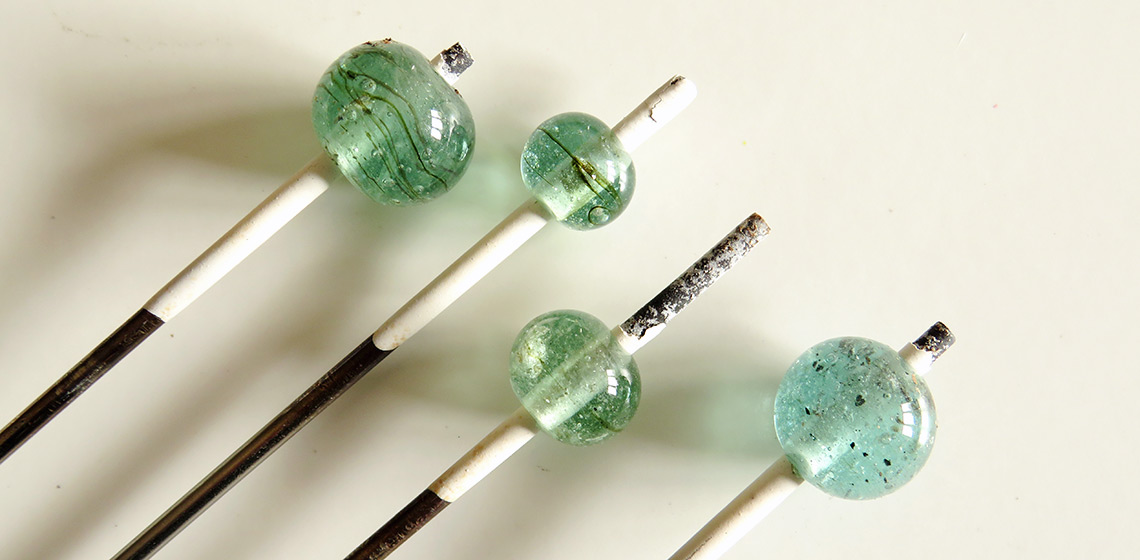“Look at the Bones!” - Adding Bone in a Bloomery Iron Smelt
Introduction
“Vikings unwittingly made their swords stronger by trying to imbue them with spirits.
Iron Age Scandinavians only had access to poor quality iron, which put them at a tactical disadvantage against their neighbors.
To strengthen their swords, smiths used the bones of their dead ancestors and animals, hoping to transfer the spirit into their blades.
They couldn't have known that in so doing, they were forging a rudimentary form of steel.“
Matt Davis (2019)















